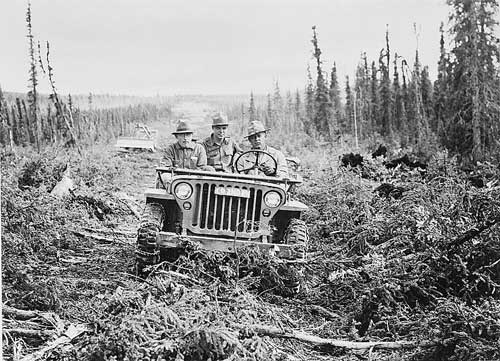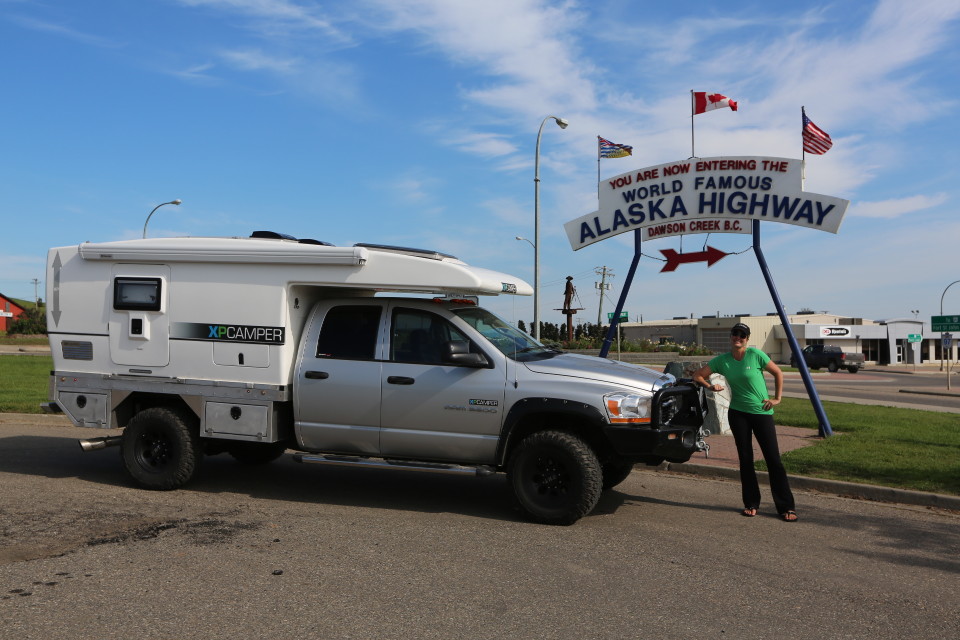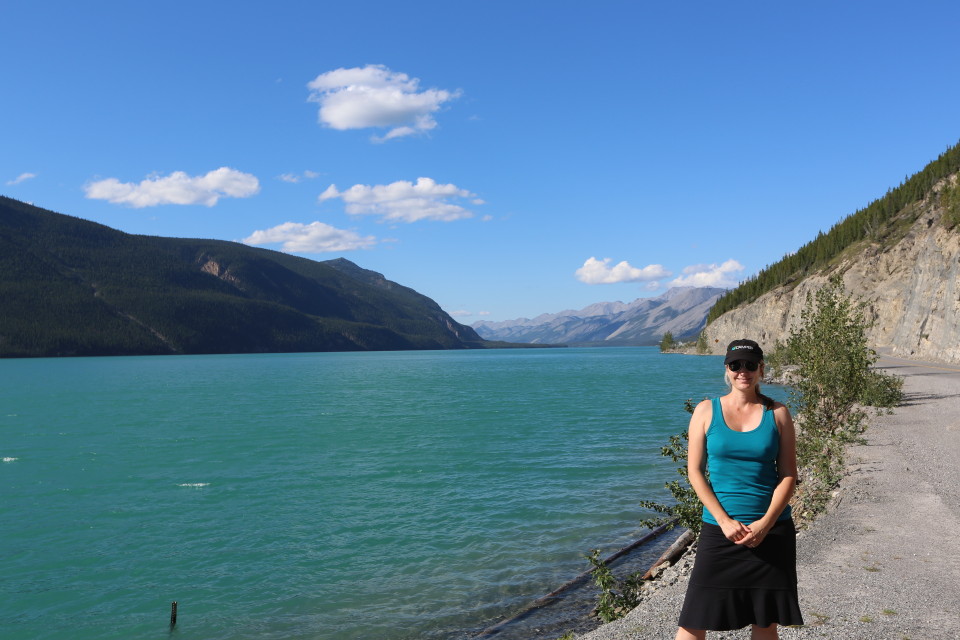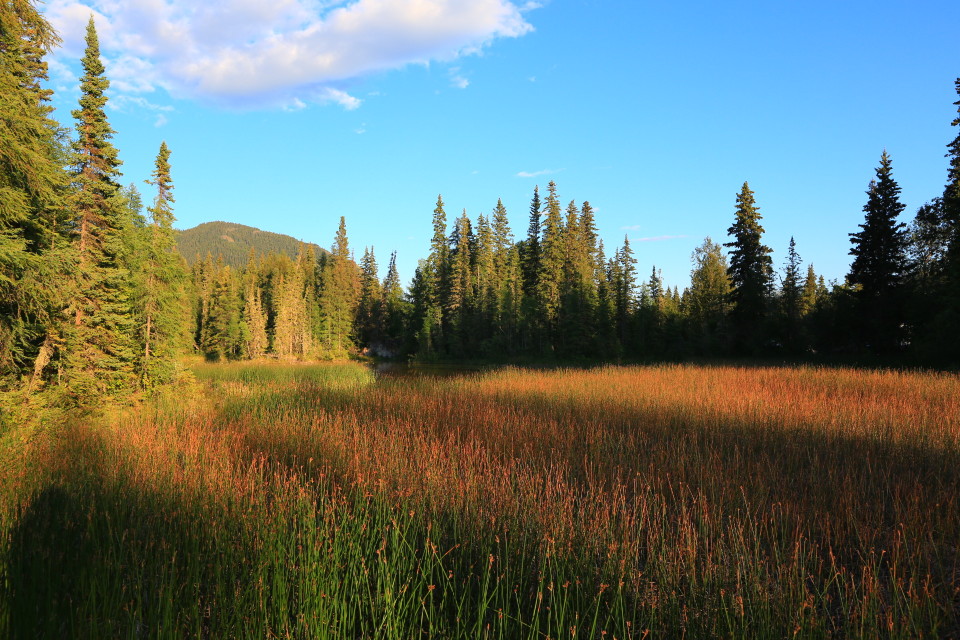When traveling, there are moments when I think “we are really adventurous” or “I can’t believe we just did that” (such as the time we got lost on a solo hike in the Hmong Villages in Vietnam near the border with China and had to hitchhike on the back of motorcycles being driven by old men in pith helmets down treacherous, foggy mountain roads back to Sapa…) Whenever I am feeling like I am even slightly badass, I am going to pull up some pictures of the men and woman of the Yukon during the boom of the gold rush, or the men who built the ALCAN highway during World War II. ALCAN was the military acronym for the Alaska-Canada highway, the first overland route into Alaska. These people were true adventurers and explorers. THEY were badass! Sam and I both talked a lot about what kind of person it takes to accomplish what they did, we came to the conclusion that there are very few people who could do what they did back then today with the food and equipment they used. We have gotten used to our Patagonia down coats and Gortex boots , comfy XP camper and GPS, life is just easier now.
Starting in Dawson Creek, where the Alcan highway begins, you get to start seeing what these people accomplished, but it is not until you are up in the mountains passes that you begin to start asking yourself, “how the hell did they build a road through these mountains?” What was it like to look out into a sea of super dense trees and sharp mountain passes and figure out where a road might go? You have to drive the Alcan to truly grasp what an accomplishment it was, the road is so remote and the weather has such extremes, you can see how it just tears up the highway constantly. Almost every 30 miles there was a stretch of the highway being worked on, I don’t think the highway will ever truly be finished.
All along the Alcan once you cross into the Yukon there are small gold rush towns, abandoned old sluice boxes, mining sites, ruins of cabins in the middle of nowhere which were once stops for travelers who were going over these mountain passes in dog sleds and horse carriages. You can stop in small towns and almost be guaranteed to see old black and white pictures of the miners or army corps of engineers who were the true pioneers of this area. It was really impressive, and outside of all the beauty of the highway, these images are what I am going to always remember about this part of our trip.
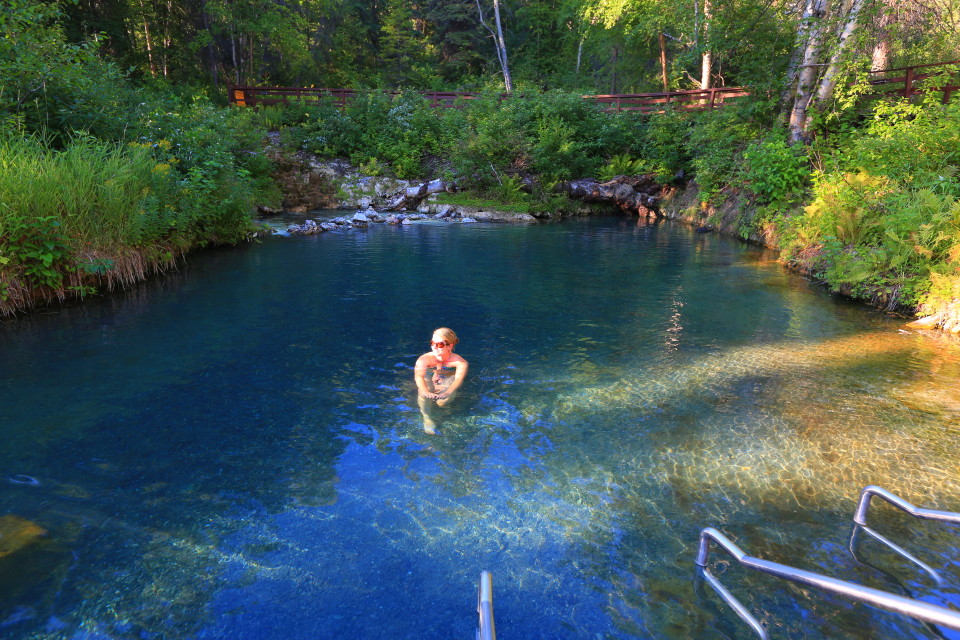
Liard hot springs- I am sure the miners who found this thought it was heaven on earth. Great campground and place to stop along the Alcan.
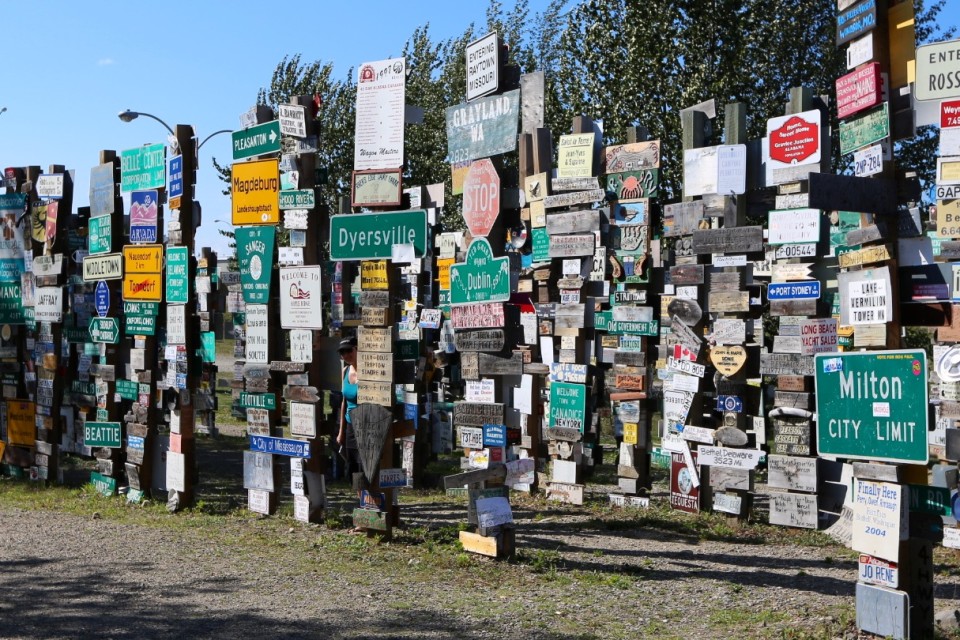
Watson Lake Signpost Forest- more than 72,000 signs, great free museum about the Alcan in visitor center. See if you can find me….
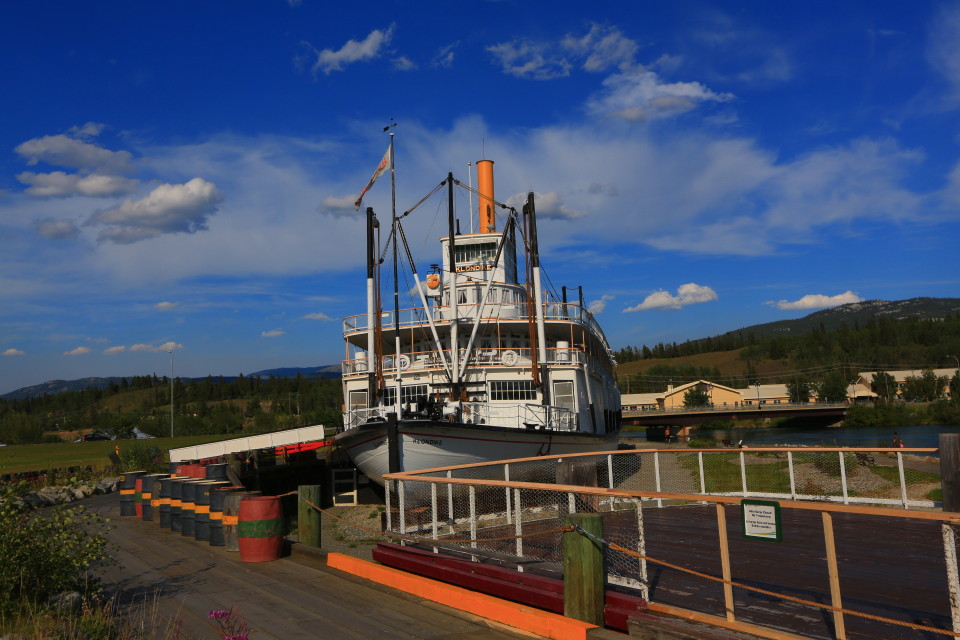
SS Klondike, this was the main mode of transportation between the 460 mile route between Whitehorse and Dawson City.
Also, just a side note, the native tribes such as the Tlingit, had been living and traveling through these areas for thousands of years before the road was built and were often hired by the military to help them trail blaze. It was hard for me to get a sense of these communities today, they seemed private (I don’t blame them) and separated from the typical tourist routes aside from native goods being sold in stores, so this was a missed part of the experience.














